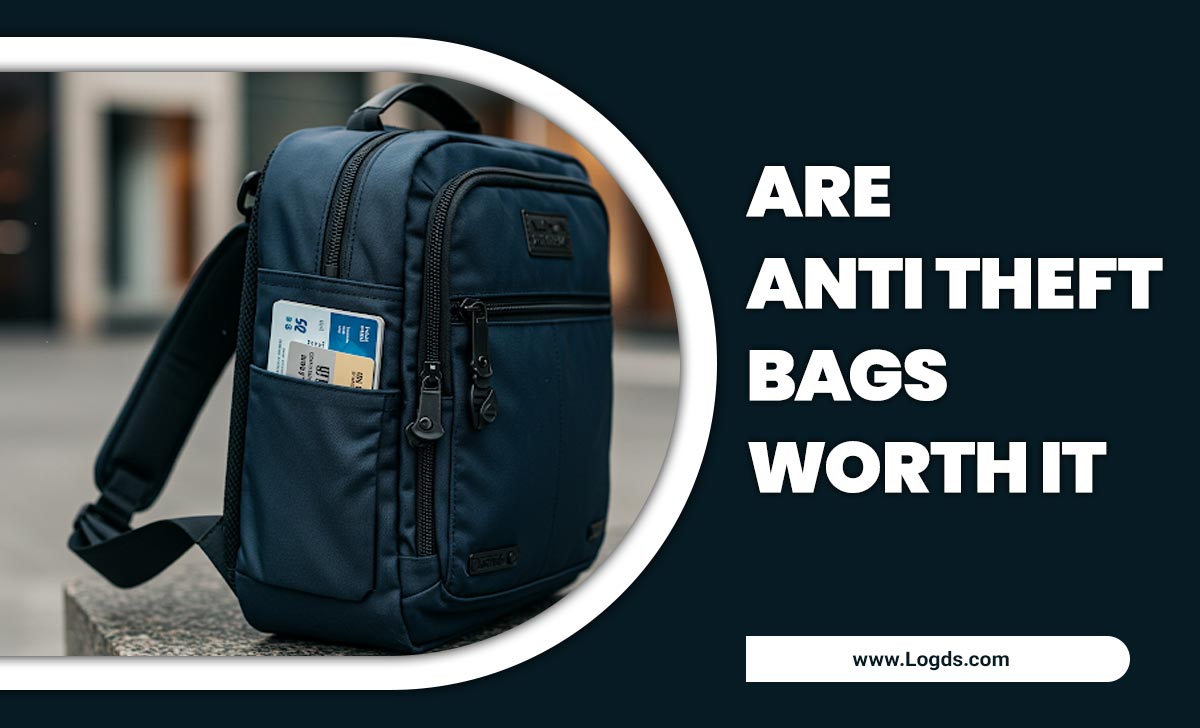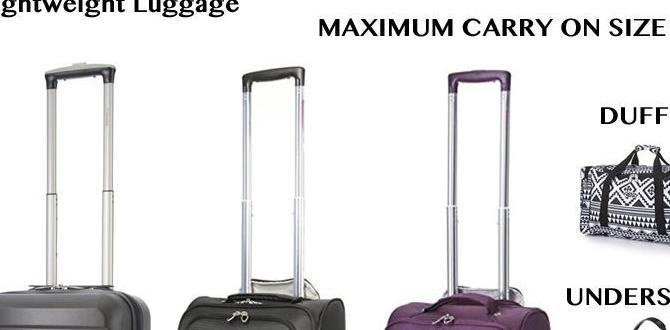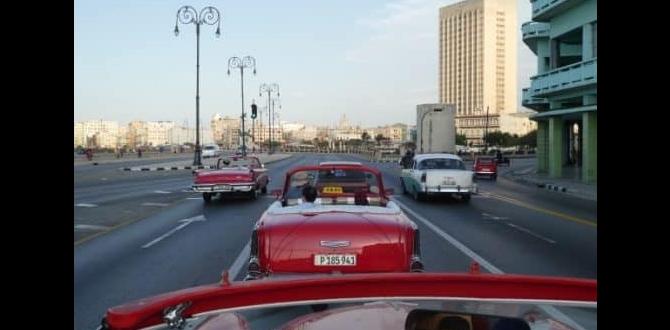Austria Mid-Range Travel Guide: Essential Tips for an Unforgettable, Affordable Adventure.
Planning a trip to Austria doesn’t have to break the bank! This guide breaks down how to enjoy its stunning landscapes, rich culture, and charming cities on a mid-range budget. We’ll cover smart accommodation, delicious food finds, efficient transport, and memorable activities, ensuring your Austrian adventure is both comfortable and cost-effective. Get ready to explore Austria with ease and confidence.
Austria is a dream destination for many, boasting majestic Alps, imperial history, and vibrant cities like Vienna and Salzburg. But you might think visiting such a place requires a hefty budget. That’s a common worry, and it can stop people from booking their dream trip! The good news is, with a few smart strategies, you can experience the magic of Austria comfortably without overspending. This guide is here to show you how, step-by-step, making your mid-range Austrian journey simple and stress-free. We’ll look at everything from where to stay to what to eat, and how to get around like a local.
Understanding Mid-Range Travel in Austria
When we talk about “mid-range travel” in Austria, we’re aiming for a sweet spot. This means comfortable accommodation, good quality meals, efficient transportation, and access to key attractions, all without the luxury price tag. It’s about smart choices that balance cost with convenience and experience. You want to feel well-rested, well-fed, and able to explore without constantly checking prices. For solo travelers, couples, or families, finding this balance makes the trip more enjoyable and sustainable.
Defining Your Budget
Before diving into specifics, let’s set a general budget. For mid-range travel in Austria, a good starting point is roughly €100-€150 per person per day. This can fluctuate based on your travel style, the cities you visit (Vienna and Salzburg are generally pricier than smaller towns), and the time of year. This budget typically covers:
- Accommodation (comfortable guesthouses, 3-star hotels, or well-located apartments)
- Food (mix of local eateries, cafes, and occasional restaurant meals)
- Local transportation (public transport passes, some train journeys)
- Entry fees for 1-2 main attractions per day
- A small buffer for souvenirs or spontaneous treats
Remember, this is a guideline. You can adjust it based on your priorities. If you plan to splurge on a special dinner, you might save on transport or accommodation that day.
What’s Included in Mid-Range in Austria?
Mid-range travel aims for a quality experience without premium costs. Think of it as getting the best value for your money:
- Accommodation: Clean, safe, and well-located hotels (often 3-star), comfortable guesthouses (Gasthöfe), or apartments rented through platforms like Booking.com or Airbnb. You get good amenities and easy access to sights.
- Food: Enjoying hearty Austrian cuisine at local Gasthäuser (inns), bakeries for breakfast pastries, and convenient supermarkets for snacks or picnic lunches. You’ll dine well without the Michelin star prices.
- Transport: Utilizing Austria’s excellent public transport network, including trains, trams, and buses. This is efficient and cost-effective for getting around cities and between towns.
- Activities: Visiting key historical sites, enjoying scenic walks, exploring charming towns, and perhaps attending a local event or a modest concert. It’s about experiencing the culture and beauty authentically.
Smart Accommodation Options
Where you stay significantly impacts both your comfort and your budget. For mid-range travelers, Austria offers a variety of excellent options beyond luxury hotels.
Guesthouses and Pensions
Guesthouses, often called “Gasthof” or “Pension,” are a fantastic mid-range choice. They are typically family-run, offering a warm, local experience. Rooms are usually clean and comfortable, often including breakfast. This is a great way to get a feel for Austrian hospitality.
Apartments and Holiday Rentals
For families or those who appreciate having their own space and kitchen facilities, renting an apartment can be very economical. You can save money by preparing some of your own meals, especially breakfast or simple dinners. Platforms like Airbnb and Booking.com have a wide selection.
Budget-Friendly Hotels
Look for 3-star hotels or smaller independent hotels. They often provide essential amenities like private bathrooms, Wi-Fi, and sometimes breakfast. Booking in advance, especially during peak season, can secure better rates. Many modern hotel chains also offer reliable, mid-range options.
Choosing Location Wisely
Opting for accommodation slightly outside the absolute city center can often lead to significant savings. As long as it’s well-connected by public transport to the main attractions, this is a perfectly viable strategy. Check transport links before booking.
Eating Well on a Budget
Austrian food is hearty, delicious, and can be enjoyed affordably. You don’t need to dine in fancy restaurants to taste the best of Austrian cuisine.
Local Gasthäuser and Beisl
These are traditional inns and taverns that serve authentic Austrian dishes at reasonable prices. Look for “Mittagsmenü” or “Tagesmenü” (daily lunch specials) which offer great value. Dishes like Wiener Schnitzel, Goulash, and Schnitzel variations are often found here.
Bakeries and Cafes
For breakfast or a light lunch, Austrian bakeries (Bäckerei) are a treasure trove. Enjoy fresh pastries, bread rolls (Semmeln), and coffee. Many cafes also offer affordable sandwiches (belegte Semmeln) and light meals.
Breakfast Strategy
If your accommodation doesn’t include breakfast, or you’ve booked an apartment, visiting a local bakery is cheaper than most hotel breakfasts. Grab a Krapfen (doughnut), a slice of cake (Kuchen), or a savory bread roll. This is also a great way to sample local flavors.
Supermarkets for Picnics and Snacks
Austria has excellent supermarkets like Spar, Billa, and Hofer (Aldi Süd). They are perfect for stocking up on water, fruits, snacks, and ingredients for picnic lunches. A picnic in a park or by a lake is a classic Austrian experience and a budget-saver!
Try Street Food Options
While not as prevalent as in some countries, you can find affordable and delicious street food. Look for Würstelstand (sausage stands) for a classic Käsekrainer (cheese sausage) or Kartoffelpuffer (potato pancakes). In larger cities, markets often have food stalls.
Dietary Needs While Traveling
For travelers with specific needs, such as requiring adult or child diapers, strategic planning is key. Most supermarkets carry basic products, but for specialized items or larger quantities, consider bringing a supply from home or researching pharmacies (Apotheke) in larger towns. Many pharmacies offer a discreet service for medical supplies, ensuring comfort and convenience throughout your trip. Keeping a small, discreet travel bag for essentials can also provide peace of mind for unexpected needs.
Efficient and Affordable Transportation
Austria boasts a world-class public transportation system that makes getting around easy and budget-friendly.
Train Travel Within Austria
The Österreichische Bundesbahnen (ÖBB) operates a comprehensive and efficient train network. For intercity travel, trains are usually the best and most scenic option. To save money:
- Book in advance: Especially for longer routes, booking train tickets weeks or months ahead can yield significant discounts (look for ‘SparSchiene’ offers).
- Consider regional trains: For shorter distances, regional trains can be cheaper.
- Look into passes: If you plan extensive train travel, check if an Austria Pass or a Eurail/Interrail pass is cost-effective for your itinerary.
You can find more information and book tickets on the ÖBB website.
Public Transport in Cities
Major cities like Vienna, Salzburg, Innsbruck, and Graz have excellent public transport systems (Wiener Linien in Vienna, Salzburg AG in Salzburg, etc.) comprising trams, buses, and U-Bahn (subway) in Vienna.
- Day or Multi-Day Tickets: Buying a 24-hour, 48-hour, or 72-hour pass is usually more economical than buying single tickets if you plan to use public transport frequently.
- Weekly Tickets: Vienna also offers affordable weekly tickets.
- Validate your ticket: Ensure you validate your ticket before your first journey, as fines for not having a valid, validated ticket can be steep.
- Walking: Many city centers are very walkable, so combine walking with public transport for the best experience.
Car Rental Considerations
Renting a car offers flexibility, especially for exploring rural areas or the Alps. However, it comes with added costs: rental fees, fuel, tolls (vignette required for highways), parking, and potential traffic jams in cities. For primarily city-based trips or between major cities, trains are often more convenient and cheaper.
If you do rent a car, remember to purchase a vignette (toll sticker) before driving on Austrian autobahns. These can be bought at border crossings, petrol stations, and online from ASFINAG, the Austrian highway operator.
Affordable Sightseeing and Activities
Austria is rich in history, culture, and natural beauty. Many of its best attractions can be enjoyed without a high price tag.
Free and Low-Cost Attractions
- Walking Tours: Many cities offer free walking tours (tip-based). This is a fantastic way to get an overview and learn about the history.
- Parks and Gardens: Enjoy Vienna’s Schönbrunn Palace gardens, the Mirabell Gardens in Salzburg, or any of the numerous public parks.
- Hiking in the Alps: Access to many hiking trails is free. Pack a lunch and enjoy breathtaking scenery.
- Window Shopping and City Strolling: Explore the charming streets of Vienna, Salzburg, Hallstatt, or smaller villages.
- Churches and Cathedrals: Many stunning churches, like St. Stephen’s Cathedral in Vienna, offer free entry (though climbing towers or visiting specific areas may incur a fee).
- Danube River Walks: Enjoy walks along the Danube in cities like Vienna or Linz.
Smart Visiting of Paid Attractions
- City Cards: If you plan to visit many museums and attractions in cities like Vienna or Salzburg, consider purchasing a city card (e.g., Vienna Pass, Salzburg Card). These often include free public transport and entry to numerous sites. Calculate if the cost justifies your planned visits.
- Online Booking: Sometimes booking tickets online in advance can offer small discounts or save you time queuing.
- Prioritize: You don’t need to see everything. Choose one or two key sights in each city that interest you the most.
- Student/Senior Discounts: If applicable, always inquire about discounts.
Cultural Experiences on a Budget
While staying in Austria, look for local events. Many towns have cultural festivals, local markets, or open-air concerts, especially in summer. These offer an authentic experience at a much lower cost than formal performances.
Planning Your Itinerary for Value
A well-planned itinerary is key to maximizing your experience while staying within a mid-range budget.
Balancing Cities and Nature
Austria offers a fantastic mix. Consider splitting your time between imperial cities like Vienna and Salzburg and areas of natural beauty like the Salzkammergut lake district or the Tirol region. This provides diverse experiences without requiring extensive travel between distant points.
Slow Travel for Savings
Instead of trying to cram too many destinations into a short trip, consider visiting fewer places and spending more time in each. This allows you to truly immerse yourself, find local gems, and often leads to cost savings on transportation and accommodation.
Best Time to Visit
Shoulder Seasons (Spring: April-May, Autumn: September-October): These periods offer pleasant weather, fewer crowds, and often lower prices for accommodation and flights compared to the peak summer months (June-August) or the popular Christmas market season.
Worst Time to Visit (for Budget): Peak summer (July-August) and the weeks around Christmas and New Year’s Eve are the most expensive due to high demand.
Packing Essentials for Comfort and Convenience
Smart packing ensures you have what you need without overpacking, saving you stress and potential baggage fees. For any trip, comfort and preparedness are paramount.
Versatile Clothing
- Layering: Austrian weather can change. Pack layers like t-shirts, long-sleeved shirts, a fleece or sweater, and a waterproof/windproof jacket.
- Comfortable Walking Shoes: You’ll be doing a lot of walking, so comfortable, broken-in shoes are non-negotiable.
- Smart Casual Outfits: Pack a couple of slightly nicer outfits for evenings or dining out, but remember most places are relaxed.
Travel Accessories
These items can enhance your comfort and preparedness:
- Reusable Water Bottle: Austria has excellent tap water, so carrying a reusable bottle saves money and is environmentally friendly.
- Power Adapter/Bank: Ensure you have the correct adapter for European plugs and consider a portable power bank to keep your devices charged on the go.
- Small Backpack/Daypack: Perfect for carrying essentials like water, snacks, a camera, and a map during day trips.
- Travel-sized Personal Care Items: For a more comfortable and secure trip, consider bringing travel-sized personal care items like hand sanitizer and any necessary adult diapers or child diapers if needed. Many retailers offer discreet, easy-to-carry packaging for these essentials, ensuring peace of mind for long travel days or when facilities are less accessible. Brands like Depend or specific child diaper brands often have sample sizes or travel packs ideal for this purpose.
- Basic First-Aid Kit: Include plasters, pain relievers, and any personal medications.
Documents and Money
- Passport and Visa (if required): Keep copies separate from the originals.
- Identification: Driver’s license or other ID.
- Credit/Debit Cards: Inform your bank of your travel dates.
- Some Euros in Cash: For smaller purchases or places that don’t accept cards.
- Travel Insurance Details: Highly recommended for any trip.
Sample Mid-Range Itinerary Outline
Here’s a possible 7-day itinerary that balances iconic sights with mid-range affordability. This is a template you can adapt.
| Day | Location | Focus | Mid-Range Tips |
|---|





